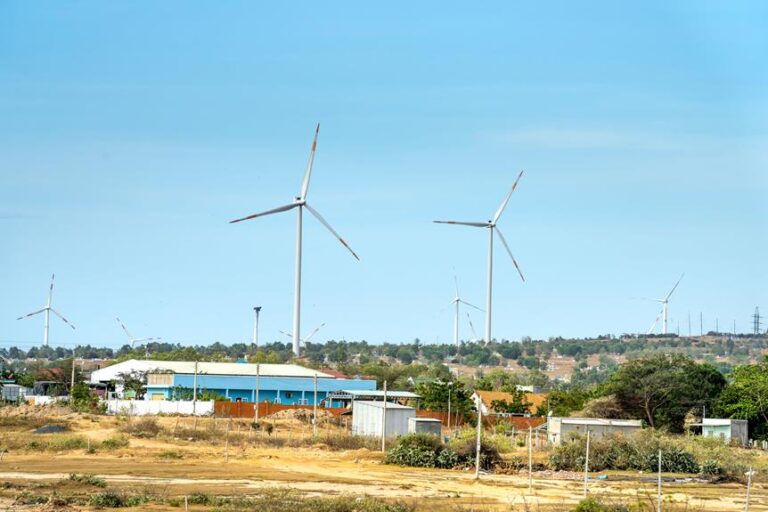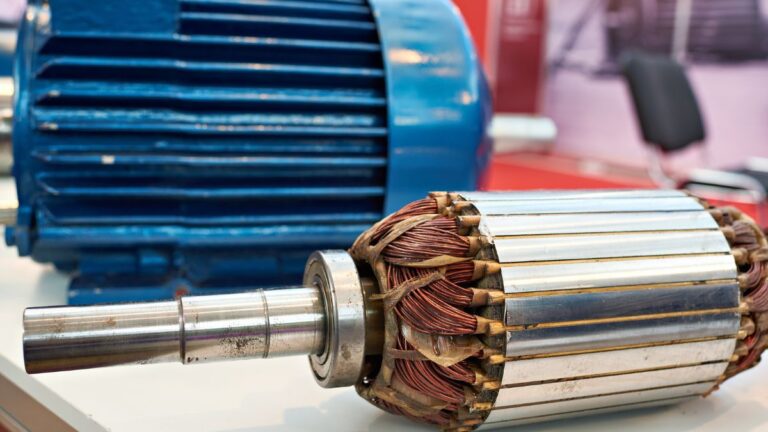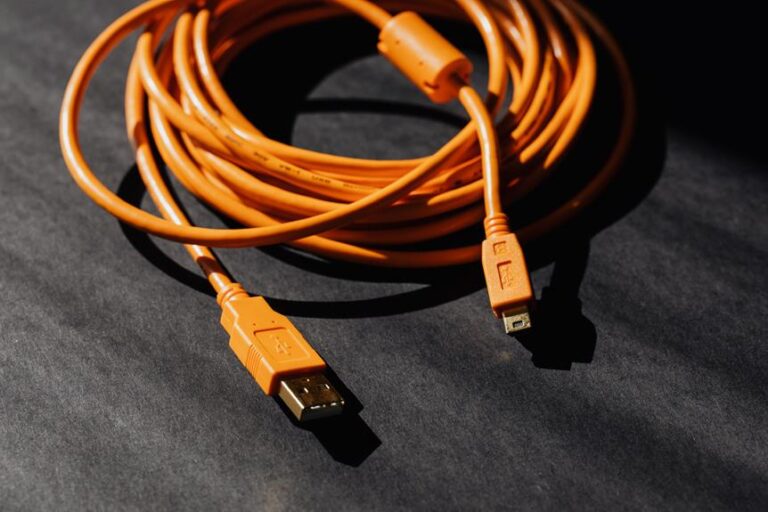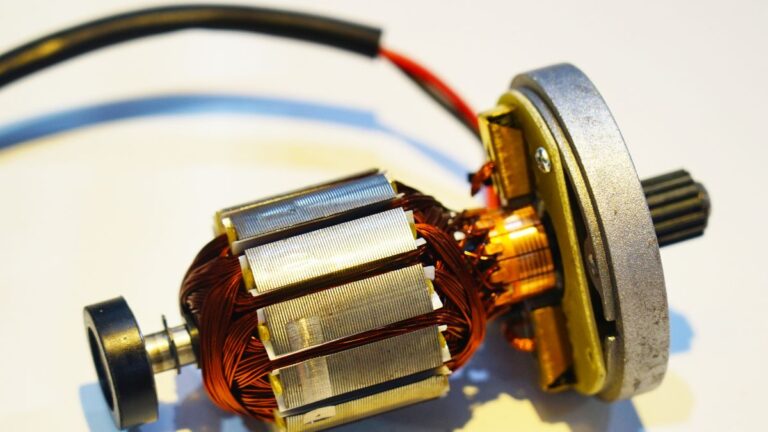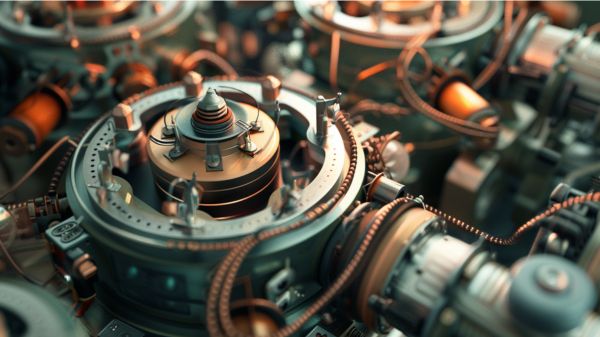How to Build a Generator With Permanent Magnets at Home
Imagine having the power to generate your own electricity, like a modern-day wizard conjuring energy from thin air. In this discussion, you’ll discover the secrets to building a generator with permanent magnet right in the comfort of your own home.
With a few simple steps and the right materials, you’ll be able to tap into the immense power of magnetism and create a sustainable source of energy that will leave you in awe.
Get ready to unlock the mysteries of magnetism and embark on an electrifying journey to energy independence.
Discover the Future of Energy – Reliable, Portable, and Affordable!
Key Takeaways
- Select appropriate materials and components for the generator’s construction, including neodymium magnets, copper wire, and steel.
- Understand the principles of magnetism and how it relates to generator design, including the induction of electric current from pole movement.
- Design and assemble the generator with proper magnet spacing, alignment, and a sturdy frame for support.
- Ensure safety and efficiency through proper installation, connection, testing, and optimization, including insulation, overload protection, and routine maintenance.
Gathering the Necessary Materials
To begin building a generator with permanent magnets at home, you’ll need to gather the necessary materials, such as neodymium magnets, copper wire, a rotor, a stator, a shaft, and a frame. Neodymium magnets are essential as they generate a strong magnetic field, while copper wire is used to create the coils in the stator.
The rotor assembly, typically made of steel, holds the magnets, while the stator houses the coils where electricity is produced. The shaft connects the rotor to the generator, enabling the rotation of the magnets to generate electricity. Lastly, the frame provides support and structure, ensuring stability and proper alignment for optimal performance.
It’s important to consider magnet polarity when assembling the magnets in the rotor to ensure efficient power generation.
Understanding the Basics of Magnetism
Understanding the basics of magnetism is crucial in order to effectively harness its power and construct a generator at home. Magnetism is generated by the presence of two poles, north and south, which create a magnetic field.
These permanent magnets retain their magnetism without the need for an external power source. The interaction between the poles is what drives movement, with like poles repelling each other and opposite poles attracting. This movement is essential in generating electricity through the induction of an electric current in coils of wire.
By understanding the principles of magnetism, you will be able to design a generator that effectively utilizes the magnetic field and pole interaction to produce sustainable electricity for your home.
| Magnetic Field | Pole Interaction |
|---|---|
| Generates magnetism | Repels like poles |
| Created by two poles | Attracts opposite poles |
| Essential for generator | Drives movement and electricity generation |
Designing the Generator Structure
When designing the structure of your generator, it’s crucial to consider the size and weight of the permanent magnets. Proper spacing and alignment of the magnets are essential for efficient power generation.
You should also focus on using a sturdy frame and housing that can support the magnets and withstand the rotational forces.
Structural Considerations
Ensure that the generator structure is designed to withstand the rotational forces generated by the magnets and securely hold them in place during operation. To achieve this, consider the following structural considerations:
- Structural stability and magnet alignment: Design the frame to be sturdy and well-supported to prevent any movement or displacement of the magnets. This will ensure that they remain in their proper positions and maintain their alignment.
- Load capacity: Take into account the size and weight of the magnets when determining the dimensions and materials for the generator frame. It should be able to support the weight of the magnets and any additional load that may be applied during operation.
- Heat dissipation: Incorporate proper ventilation and cooling mechanisms in the structure to prevent overheating of the generator components. This will help in maintaining optimal operating temperatures and prolonging the lifespan of the generator.
Material Selection
To design the generator structure, carefully select materials such as steel, copper wire, and neodymium magnets. Steel provides a sturdy frame that ensures the structural integrity of the generator. Copper wire is essential for creating coils, which are responsible for generating electricity. Neodymium magnets offer strong magnetic fields, optimizing the generator’s efficiency and power output.
Material compatibility is crucial in ensuring that all components work harmoniously together. By choosing the right materials, you can maximize the generator’s efficiency and durability. The quality and compatibility of materials directly impact the performance and longevity of the homemade generator.
Proper material selection allows for the effective harnessing of the magnetic field, resulting in optimal electricity generation. So, take the time to select the right materials to build a generator that’s efficient, durable, and capable of meeting your power needs.
Installing the Permanent Magnets
How can you securely attach the permanent magnets to the rotor of your generator at home? Securing magnets to the rotor is crucial to ensure stability and prevent any movement during operation.
To do this, follow these steps:
- Use a strong adhesive or fasteners to attach the magnets to the rotor. This will provide a secure hold and prevent them from detaching during use.
- Position the magnets evenly around the rotor. This helps to maintain balance and efficiency, ensuring optimal power generation.
- Check the alignment of the magnets to ensure proper interaction with the stator. This alignment is essential for creating a magnetic field and maximizing the generator’s output.
Building the Coil System
To build the coil system, you need to choose the right wire and assemble it properly. Select a copper wire of appropriate gauge and ensure it has good conductivity. Wind the wire tightly around the coil form, securing it firmly in place.
Following these steps will help create an efficient and reliable electromagnetic coil system for your generator.
Choosing the Right Wire
Choosing the appropriate gauge of wire for the coil system is a crucial step in building a generator with permanent magnet at home. To optimize the voltage output of your generator, consider the following:
- Wire gauge selection: The gauge of wire you choose should be based on the power output requirements of your generator. Thicker wire with a lower gauge can handle higher currents and reduce power loss, resulting in a more efficient generator.
- Voltage output optimization: The number of turns in the wire coil system directly affects the generator’s voltage output. Increasing the number of turns typically leads to higher voltage levels, so carefully consider the desired voltage output when selecting the number of wire turns.
- Proper insulation: Insulating the wire properly with materials like varnish or tape is essential to prevent short circuits and ensure the longevity of the coil system. Be sure to follow best practices to maintain the integrity of your generator.
Assembling the Coil
To assemble the coil system for your generator, tightly wind the copper wire around the PVC pipe, ensuring multiple layers for increased magnetic field strength. The coil winding techniques you employ will determine the efficiency of your generator. Make sure to wind the wire evenly and tightly, without any gaps or overlaps. This will optimize the electromagnetic induction process and maximize the electrical output.
Additionally, consider using a proper gauge of wire that can handle the electrical current generated by the magnets. Once the wire is wound, it’s crucial to secure the ends properly to prevent any loose connections that can affect the performance of the generator. Soldering the connections and using insulation methods such as heat shrink tubing or electrical tape will ensure a reliable and safe coil system.
Before proceeding with magnet placement, test the coil system for continuity and proper functioning to guarantee optimal performance. By following these steps, you’ll be well on your way to building a functional and efficient generator with permanent magnets.
Connecting the Generator to a Power Source
To connect the permanent magnet generator to a power source, follow these steps for a safe and efficient operation:
- Power Conversion: Connect the generator to a power inverter to convert the generated energy into usable electricity. The inverter will transform the direct current (DC) output of the generator into alternating current (AC) that can be used to power various devices.
- Inverter Connection: Ensure a secure and proper connection between the generator and the inverter. Follow manufacturer guidelines and use appropriate cables and connectors to maintain a reliable electrical connection.
- Grounding Techniques: Proper grounding is crucial for electrical safety. Connect the generator to a grounding rod or a grounding system to dissipate any potential electrical faults and minimize the risk of shocks or damage to the equipment.
Testing and Troubleshooting the Generator
Inspect the generator for any visible damage or anomalies before proceeding with testing and troubleshooting. Check the connections and wiring to ensure they’re secure and properly configured for optimal performance.
Use a multimeter to measure the voltage and current output of the generator to verify its efficiency. Look for voltage fluctuations that could indicate potential issues.
Inspect the magnets for any damage or misalignment that could affect the generator’s functionality. Test the generator under varying loads to assess its performance in different scenarios. Pay attention to load performance and ensure the generator can handle the required power output.
If any issues arise, troubleshoot systematically by checking components like the coils, magnets, and circuitry to identify and resolve problems. Utilize efficient troubleshooting techniques to quickly diagnose and rectify any issues that may arise.
Discover the Future of Energy – Reliable, Portable, and Affordable!
Frequently Asked Questions
Can You Make a Generator Using Magnets?
You can make a generator using magnets, which offers advantages such as efficiency and renewable energy. To increase its efficiency, consider optimizing the magnetic field strength and minimizing losses through proper design and maintenance.
Can a Permanent Magnet Motor Be Used as a Generator?
You can definitely use a permanent magnet motor as a generator. It has advantages over a traditional generator, like cost-effectiveness and sustainability. However, there are also disadvantages to consider.
What Are the Best Magnets for Generating Electricity?
The best magnets for generating electricity are neodymium, ceramic, and alnico magnets. These types of magnetic materials offer high performance and cost-effectiveness. To increase the efficiency of magnetic generators, consider the size, shape, and grade of the magnets used.
Can You Generate Electricity at Home With Magnetic Field?
You can generate electricity at home by harnessing magnetic fields. It is not only possible but also practical. By using permanent magnet generators, you can efficiently convert mechanical energy into electrical energy, promoting sustainability and energy independence.
Conclusion
Building a generator with permanent magnet at home offers a practical and rewarding way to harness sustainable energy. With high power output, low maintenance, and long lifespan, this cost-effective and environmentally friendly generator promotes energy independence and reduces reliance on fossil fuels.
By understanding magnetism, designing the structure, installing magnets, building the coil system, and connecting to a power source, you can create a reliable and efficient generator for various applications.
Start building your own generator today and contribute to a greener future.

